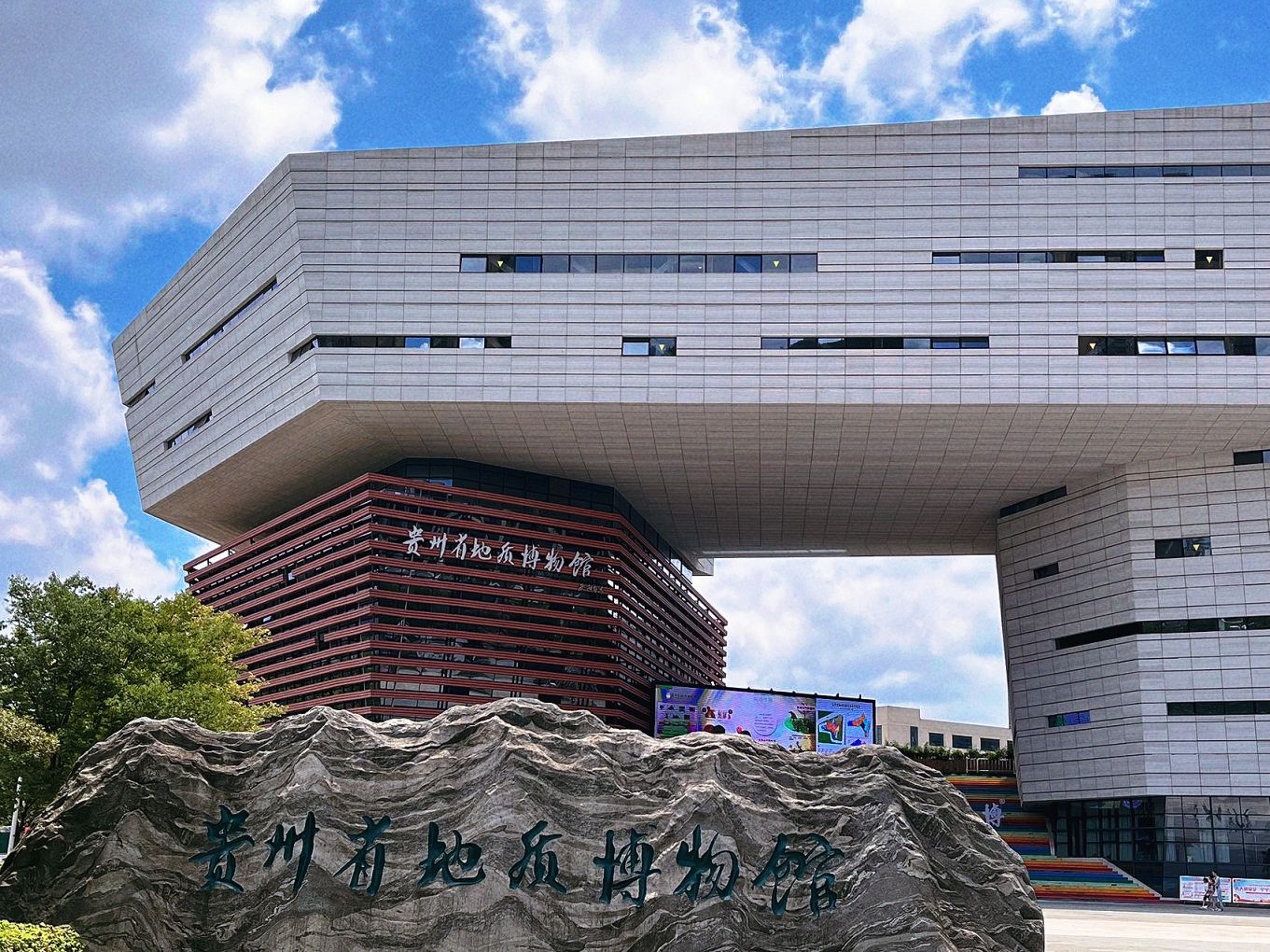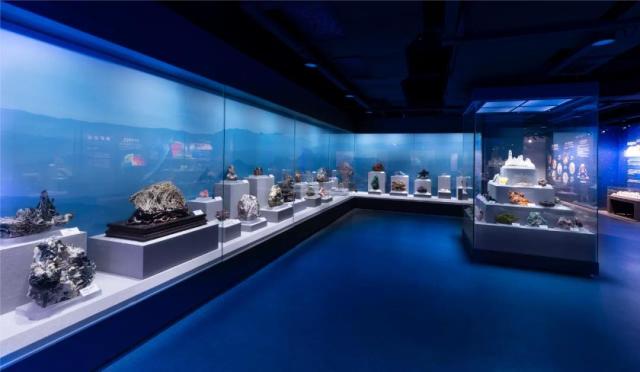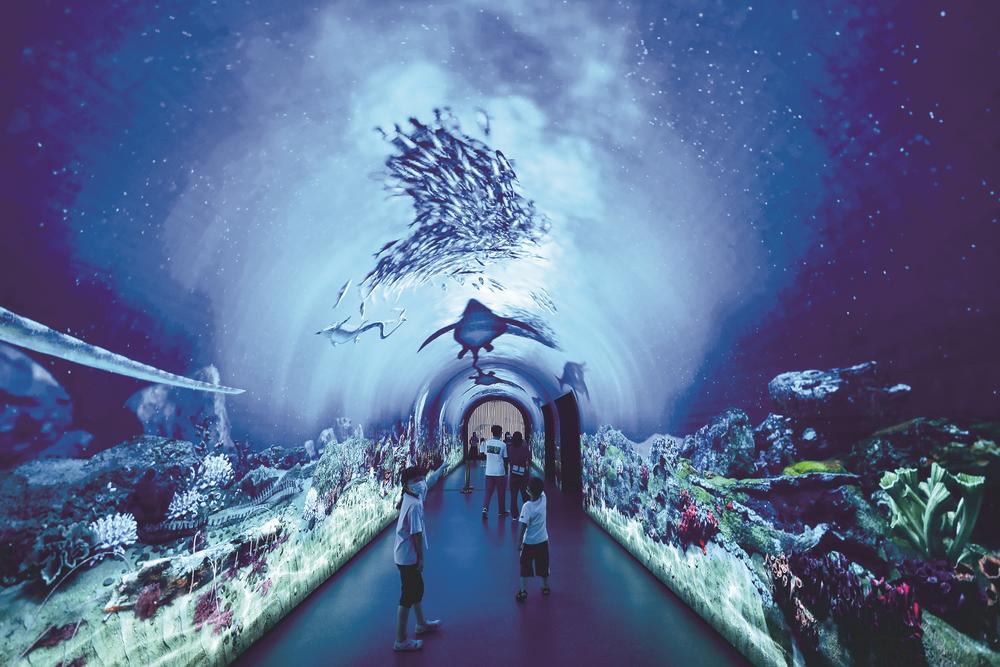



Guizhou Geological Museum
The Guizhou Geological Museum, located in Guiyang City, Guizhou Province, China, is a premier institution dedicated to the exhibition and study of geological and paleontological artifacts. Established in 2021, the museum spans an area of approximately 40,000 square meters and houses over 100,000 specimens, including fossils, minerals, and rock samples. The museum features four main exhibition halls: "Mysterious Guizhou," "Colorful Guizhou," "Abundant Guizhou," and "Progressive Guizhou," each highlighting different aspects of the region's geological history and resources.
Information
Ticket price
Time
Location
Guanshanhu District, Guiyang, Guizhou, China
View maps
More about the trip
Guizhou Geological Museum: Unearthing the Earth's Secrets
The Guizhou Geological Museum, located in Guiyang City, Guizhou Province, China, is a premier institution dedicated to the exhibition and study of geological and paleontological artifacts. Established in 2021, the museum spans an area of approximately 40,000 square meters and houses over 100,000 specimens, including fossils, minerals, and rock samples. It offers a fascinating journey through Earth's history, with a particular focus on the unique geological features and rich fossil record of Guizhou Province.
What to See and Do
Thematic Exhibition Halls: The museum features four main exhibition halls: "Mysterious Guizhou" (introducing Guizhou's geological wonders), "Colorful Guizhou" (showcasing minerals and rocks), "Abundant Guizhou" (focusing on mineral resources), and "Progressive Guizhou" (highlighting geological research and development). Each hall is designed with engaging displays and interactive elements.
Fossil Collections: Explore a vast collection of fossils, including dinosaur remains, ancient marine life (such as the famous Guizhou ichthyosaurs), and plant fossils, which provide insights into the evolution of life on Earth.
Mineral and Rock Specimens: Admire a dazzling array of mineral and rock specimens, showcasing the geological diversity and natural beauty of the Earth's crust.
Interactive Displays: Many exhibits are designed to be interactive, allowing visitors to engage with the content through touchscreens, models, and hands-on activities, making learning about geology fun and accessible.
Educational Programs: The museum often hosts educational programs, lectures, and workshops for visitors interested in geology, paleontology, and Earth sciences.
Best Time to Visit
The museum is an indoor attraction, making it suitable for visiting year-round. Weekdays are generally less crowded than weekends and public holidays. Arrive early to make the most of your visit, as there is a lot to see and experience.
How to Get There
The Guizhou Geological Museum is located in Guanshanhu District, Guiyang. You can take Metro Line 1 to Guizhou Provincial Museum Station (省博物馆站) or International Convention and Exhibition Center Station (国际会展中心站). The museum is a short walk from either station.
Travel Tips
Allow ample time: Plan for at least 2-3 hours to fully explore the extensive exhibition halls.
Wear comfortable shoes: You'll be doing a lot of walking.
Family-friendly: The museum is very family-friendly, with many exhibits designed to engage children.





